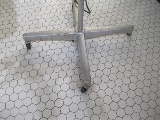In the Operating Room
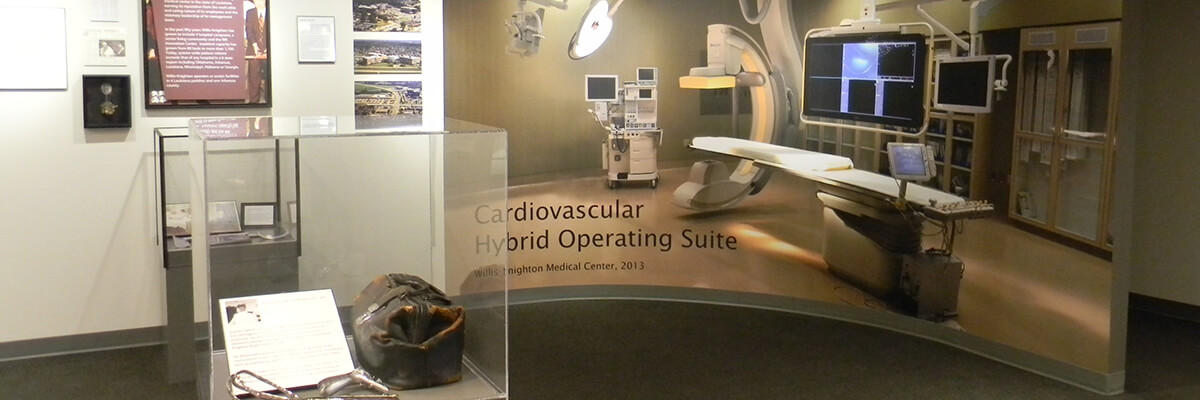
In the Operating Room
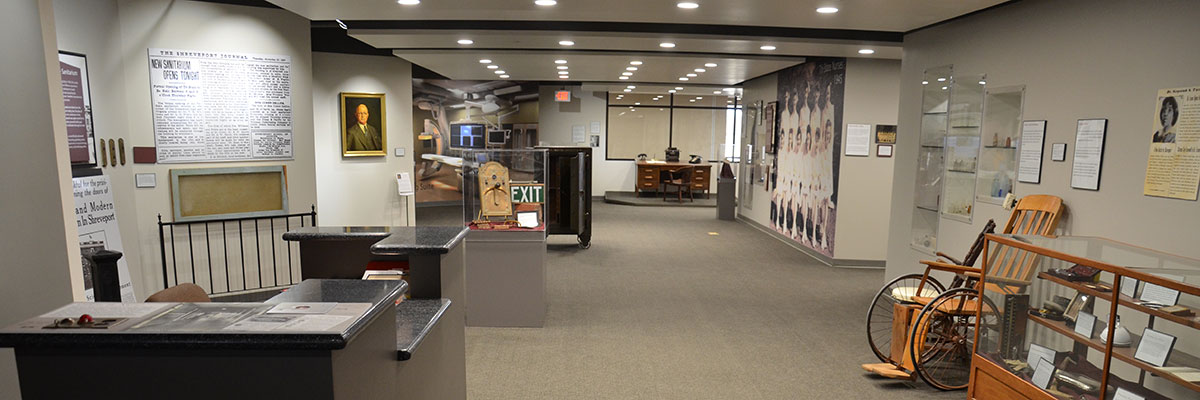
In the Operating Room
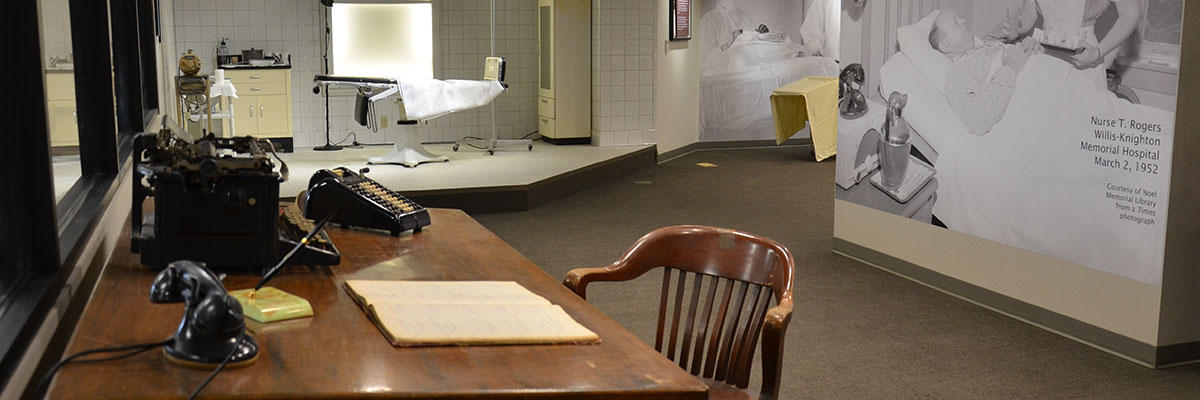
In the Operating Room
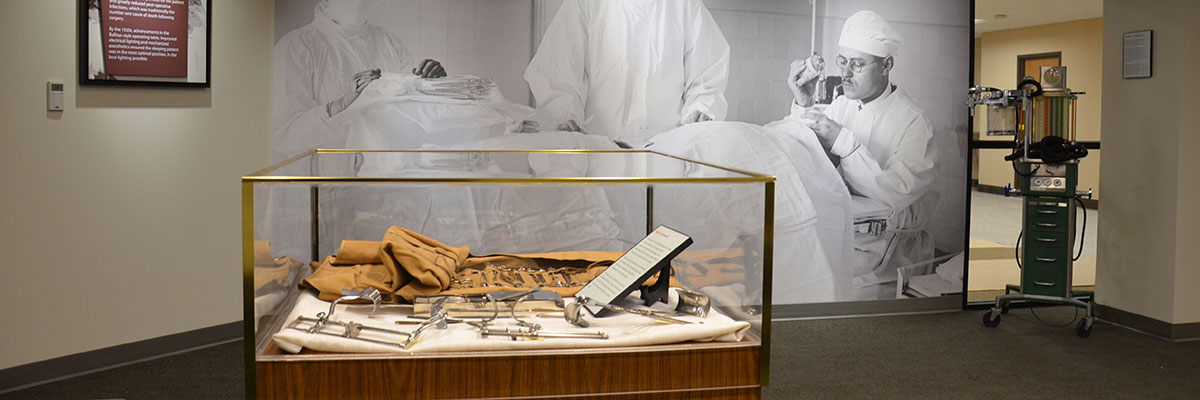
In the Operating Room
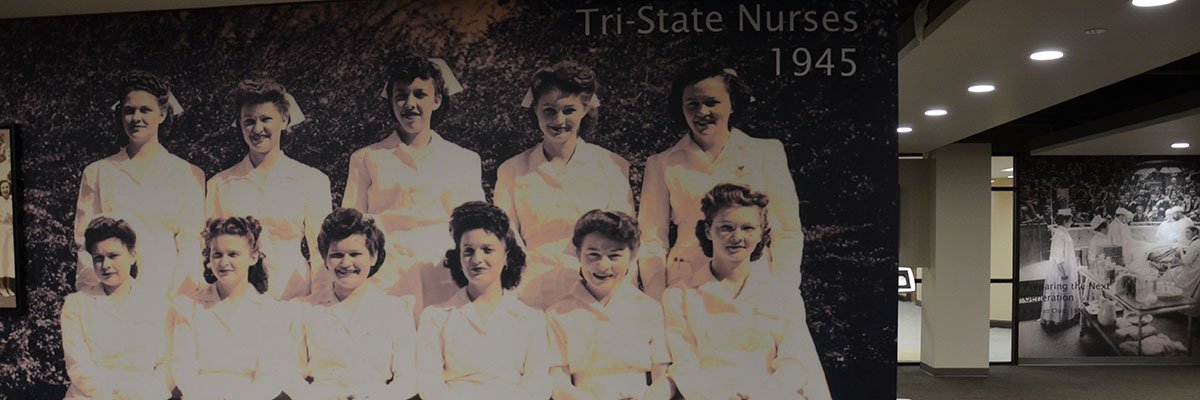
In the Operating Room
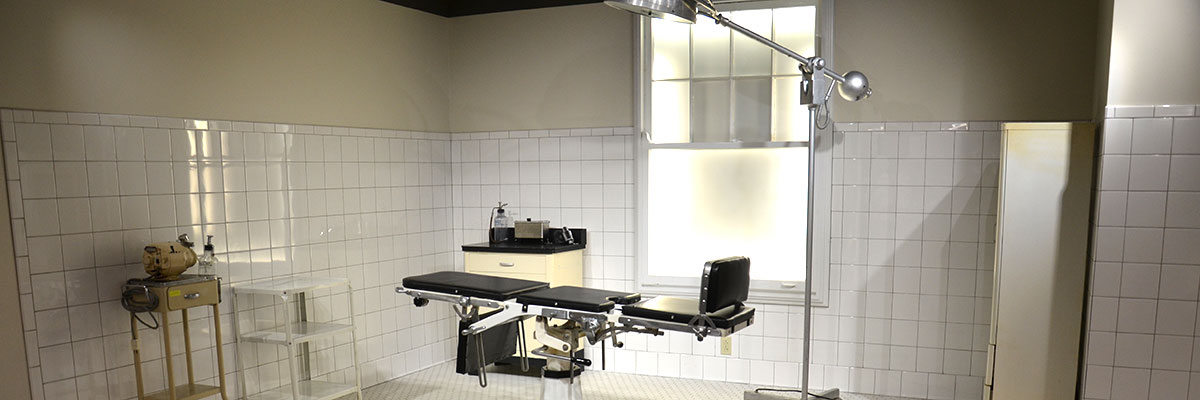
Discover the development and evolution of the modern operating room, from re-purposed kitchen tables and sawdust covered floors to glass operating theaters on the roof of an urban hospital. The exhibit includes a full-scale reconstruction of a 1940s operating room using vintage furnishings, architectural elements and instruments.
Surgical Light
Description
One of the greatest problems facing surgeons has been one of the simplest: “how do I see what I’m doing?" as most light sources cast shadows on the patient. The earliest operating rooms or “theaters” used sunlight from large windows or skylights. That, however, restricted the number and lengths of surgeries that could be performed each day. Sometimes mirrors were used to increase the light, but the problem of time remained.
With electrical lighting came the problem of heat. The more powerful the light, the more heat and the more discomfort for surgeons, nurses and patients. In the late 20th century, a giant leap was made with the introduction of LED (light emitting diodes) that produced bright light with little heat and reduced the size of the lights in the OR.
The operating room lamp in our 1940’s period reconstruction was used well into the early 1960s. Unlike many lighting systems, it could be moved from surgical location to another. And, yes, it still works.
Location in Museum
In the Operating Room ExhibitAge
Mid-20th Century


.tmb-.jpg?Culture=en)
.tmb-.jpg?Culture=en)
